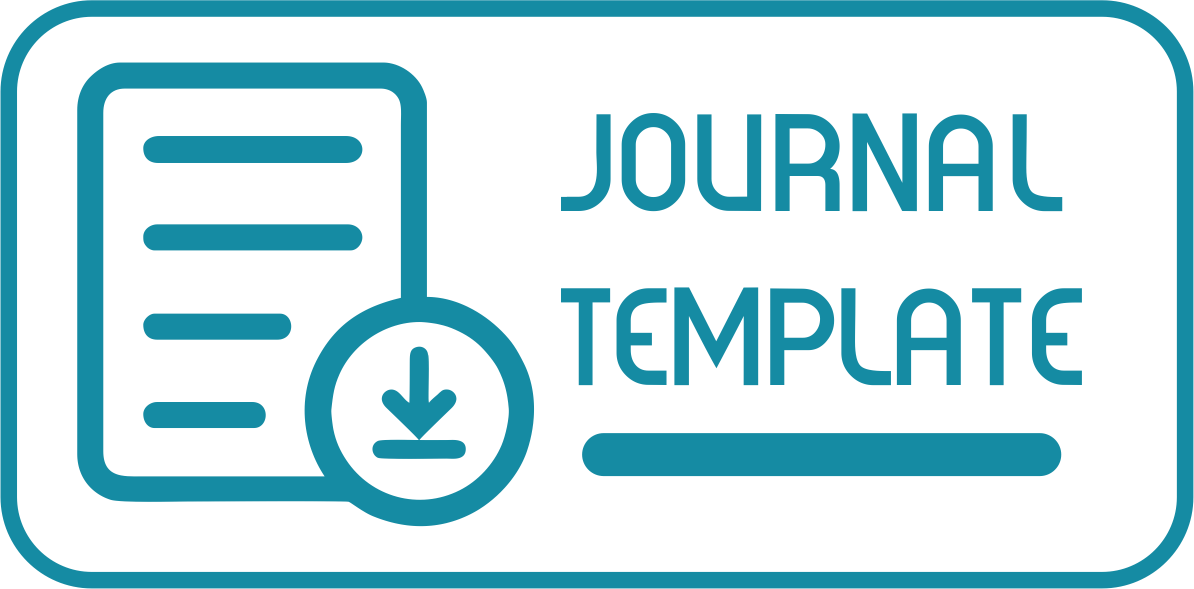PENGGUNAAN MODEL PEMBELAJARAN VAK (VISUAL, AUDITORY, KINESTETIC) UNTUK MENINGKATKAN HASIL BELAJAR SISWA PADA MATERI ADAB MAKAN DAN MINUM
DOI:
https://doi.org/10.35897/intaj.v5i1.587Keywords:
Visual auditory and kinetic methods, learning, improvementAbstract
In Islamic religious education, teachers need to apply an appropriate and attractive learning model to increase student motivation and learning outcomes. Because there are various obstacles experienced by students, this research is important to do. This study aims to determine the use of the VAK learning model on the learning outcomes of class VIII students at SMP Mambaunnur Gading Bululawang. In implementing learning activities, teachers use various learning models, one of which is the VAK (visual, auditory, kinetic) learning model. This Learning Model emphasizes direct learning experiences by maximizing the ability to remember visually (Visual), auditory (Auditory), and increase movement and emotion (kinetic). This type of research is Classroom Action Research. This research was conducted in 2 cycles, namely cycle 1 and II. Each cycle is applied in one meeting. The implementation in each cycle uses four stages: planning, implementing, observing, and reflecting. The results of this study indicate that the use of the VAK learning model influences student learning outcomes. The increase in yield was seen in every cycle from pre-action to cycle II. Students who scored above the minimum completeness criteria (75) in the pre-action activity were 18%; about 5 students out of 27 students. In the first cycle the results showed a percentage of 40%; 11 students out of 27 students managed to show improvement. Whereas in cycle II the success of the method reached 100%, in other words 27 students experienced an increase in learning in the field of eating and drinking manners.
Downloads
References
Arikunto, Suharsimi et.al (2014) Penelitian Tindakan Kelas. cetakan XII Jakarta: Bumi Aksara.
Aunurrahman. (2014). Belajar dan Pembelajaran. cetakan IX Bandung: Penerbit Alfabeta.
Djamarah, Syaiful Bahri dan Aswan Zain (2010). Strategi Belajar Mengajar, Jakar-ta: PT. Rineka Cipta.
Huda, Miftahul (2013) Model - Model Pengajaran dan Pembelajaran. cetakan II Yogyakarta: Pustaka Pelajar.
Majid, Abdul (2014). Strategi Pembelajaran, cetakan III. Bandung: Remaja Rosda-karya.
Munjin, Ahmad dan lilik Nur kholidah (2009). metode dan teknik pembelajaran PAI. Cetakan 1. Bandung: Refika Aditama.
Shoimin, Aris (2014). 68 Model Pembelajaran Inovatif dalam Kurikulum 2013. cetakan 1. Yogjakarta: Ar Ruzz Media.
Slameto (2013). Belajar dan Faktor-Faktor yang Memengaruhi, Cetakan VI. Ja-karta: Rineka Cipta.
Sudjana, Nana (2012) Penilaian Hasil proses Belajar mengajar Jakarta: PT. Remaja Rosdika.
Sugiyono (2015) Metode Penelitian Kuantitatif, Kualitatif, dan R&D. Bandung: CV. Alfabeta.
Downloads
Published
How to Cite
Issue
Section
License
Copyright (c) 2021 Mudhoffar Mudhoffar, Roihanah

This work is licensed under a Creative Commons Attribution-NonCommercial 4.0 International License.








